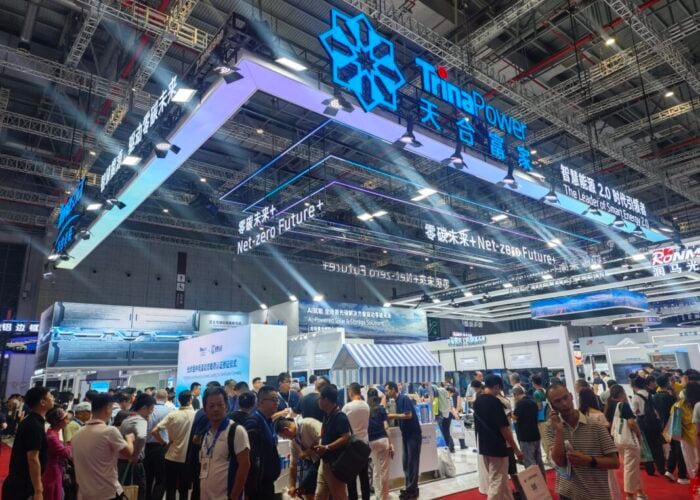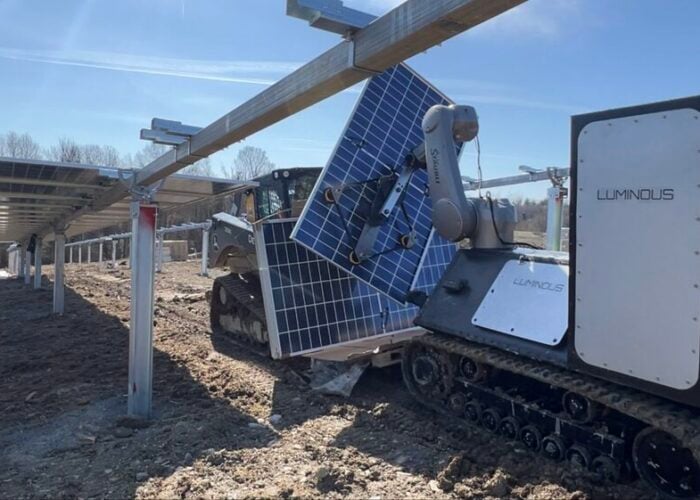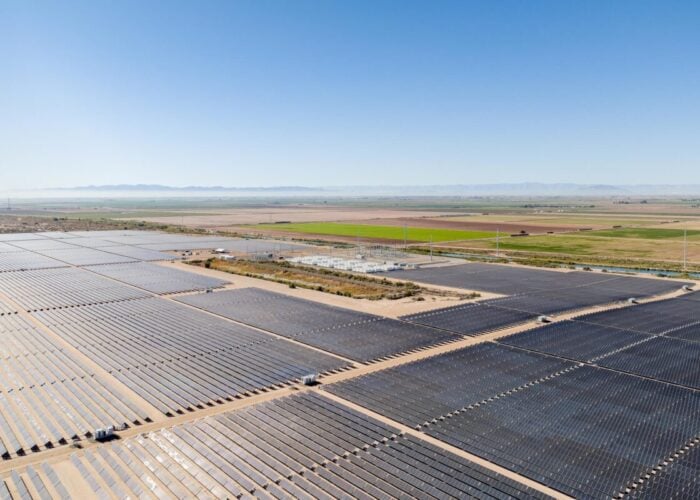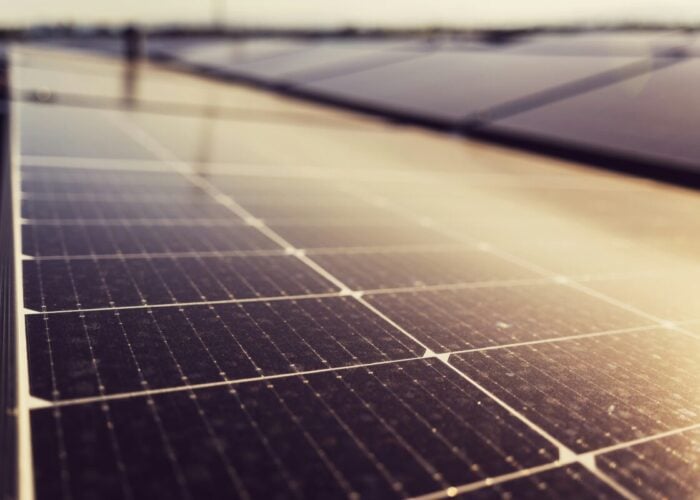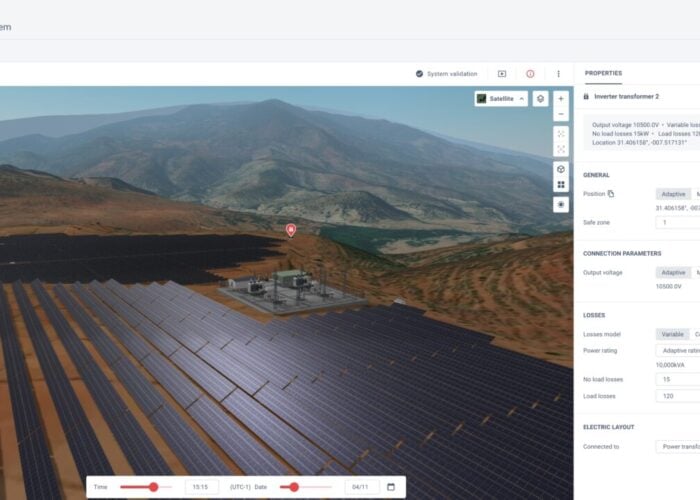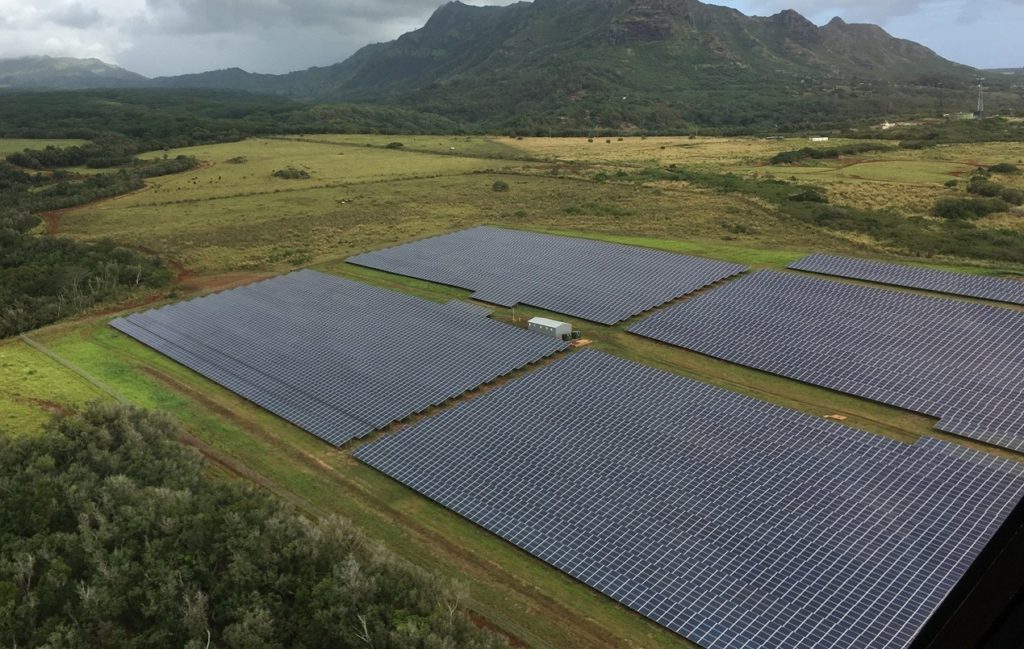
The US and Europe saw relatively modest increases in the average prices of solar power purchase agreements (PPA) in Q4 2022; 4% and 3% respectively. In the US, stabilising policy changes have slowed price rises, whilst European policies have offered less assurance in the face of inflation and the volatile energy market.
According to Edison Energy’s Q4 Renewables Market report, the 4% rise in the US is remarkable when compared with the 17% price rise seen in Q3 and the 48% total increase over the whole of 2022.
Unlock unlimited access for 12 whole months of distinctive global analysis
Photovoltaics International is now included.
- Regular insight and analysis of the industry’s biggest developments
- In-depth interviews with the industry’s leading figures
- Unlimited digital access to the PV Tech Power journal catalogue
- Unlimited digital access to the Photovoltaics International journal catalogue
- Access to more than 1,000 technical papers
- Discounts on Solar Media’s portfolio of events, in-person and virtual
Median PPA prices in the US are currently US$2/MWh higher than last quarter. The slower rate of price increase in the US is largely due to rising interest rates and supply chain issues being offset by the steadying influence of the Inflation Reduction Act (IRA) and falling raw material costs, Edison said.
Since Q4 2021, copper, aluminium and North American steel prices have all decreased, by 15%, 10% and 64% respectively. These raw materials are key to the construction of solar and wind equipment, and whilst reduced material costs are yet to echo in a PPA price drop, the slowed rate of growth is promising, according to Edison’s research.
The stabilising effect of the IRA in offering security for PPA offtakers and investors has also increased confidence in the PPA market, slowing the rate of price increases. Research firm Wood Mackenzie forecasts that the IRA will increase investment in US renewables manufacturing and deployment to US$114 billion by 2031, a sign of the assurance in the US market.
The report was less confident about the price rise in Europe, though 3% is still moderate. Whilst in recent days the EU has announced its Green Deal Industrial Plan, which aims to compete with the IRA, Edison reported that the EU-wide €180/MW revenue cap on renewable generation has shaken confidence in the European PPA market.
The exact effect of the cap on PPA holders, which is due to be applied retroactively from spring this year, is unclear. PV Tech Premium spoke with Aurora Energy Research earlier this month on the impact of the Netherlands’ decision to lower the cap to €130/MW on PPA holders, and the uncertainty therein.
Germany has decided to extend the cap until 2024, whilst in Romania and Poland the governments are yet to address the impact of caps on PPAs, despite the European Commission recommending exemptions for deals made before the caps were announced.
Beyond this general uncertainty, high energy prices and supply chain issues have had effects in Europe and the US respectively. The war in Ukraine has led to volatile energy prices in Europe, which in turn has made demand for PPAs go up and, with that, prices. A recent article in PV Tech Premium analysed the effect of the energy crisis on European solar and PPAs.
Supply chain constraints in the US worsened in Q4 last year, which caused availability to fall and prices to rise for solar PV equipment, bringing PPA prices with it.
Across specific US markets, the regional transmission organisation PJM saw an 8% PPA price increase, mostly due to its interconnection backlog limiting supply. ERCOM and SPP both saw price drops in Q4.
The most attractive European market for PPAs is Spain, Edison said. Despite a recent government auction ending very underwhelmingly, the country remains financially attractive for corporate PPAs. PV Tech Premium discussed the disparity between government auctions and PPAs last November.

